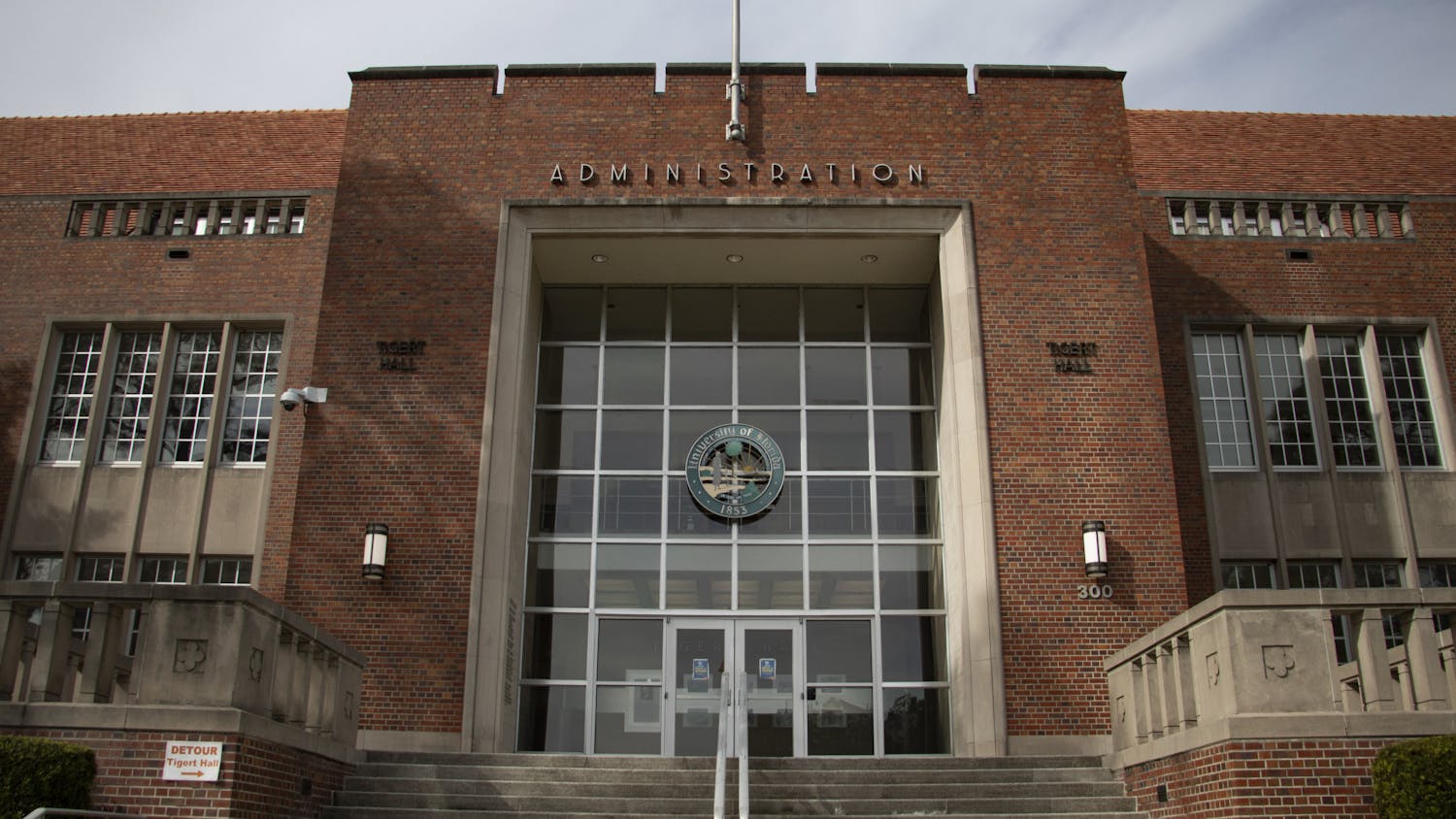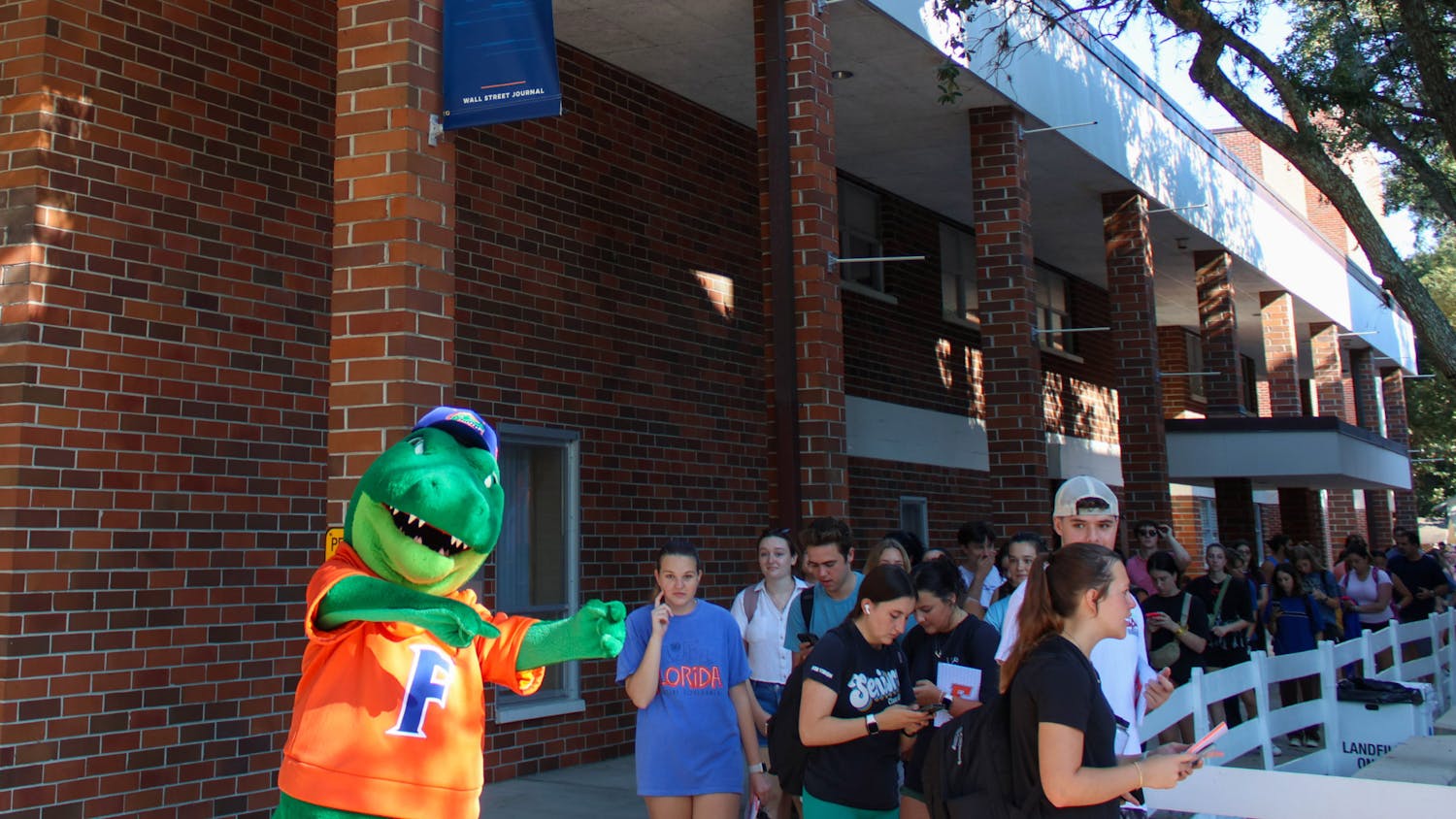More and more people are on food stamps, whether or not it’s by choice.
Are we in danger of becoming complacent with this? That probably depends on if you view the program as a problem.
About 15 percent of all Americans are on food stamps; that’s about 46 million people.
The Supplemental Nutrition Assistance Program helps about 22.4 million households, which is an all-time high, at a monthly budget of about $132.96 per person.
The program expanded in 2002 under President George W. Bush, in 2008 under the newly elected President Barack Obama and in 2009 as a part of Obama’s stimulus package. If you ask the conservatives, the statistics only prove a failed presidency.
News of how many people are on food stamps comes with the highest national debt ever recorded: $16 trillion.
“That these two frightening records should be set at the same time under Barack Obama should come as no surprise – it is what he wants,” according to the website “ConservativeHQ.”
To be fair, the ConservativeHQ website also stated that “the Obama Kool-Aid drinkers at the National Association for the Advancement of Colored People called (Newt Gingrich’s) statements ‘inaccurate’ and ‘divisive,’” so take its opinion with a grain of racist salt.
Vice presidential candidate Paul Ryan has proposed cutting the food stamp budget by $134 billion over 10 years.
“We don’t want to turn the safety net into a hammock that lulls able-bodied people into lives of dependency and complacency, that drains them of their will and their incentive to make the most of their lives,” Ryan said, according to CNNMoney.
He would cut funding of a program that helps people get a basic necessity, helps the 8 percent of recipients who are elderly and helps its 47 percent of child participants.
Has government spending coincided with the national debt to force hardworking Americans to go on food stamps?
According to NBC News, liberal commentator Alan Colmes said in a piece in the Wall Street Journal, that people “‘only stay on it an average of nine months and circulate $1.73 back into the economy for each food stamp dollar spent.”
Colmes’ point of view makes SNAP seem like a positive experience, like it’s helping our country get back on its feet with a quick turnaround of participants.
So, which is it? A government handout that lets people feel too comfortable in their “welfare” status or a helpful form of assistance to those who need it?
It’s hard enough to buy healthy food these days.
Organic food costs about 800 percent more than it did in 1997; not saying that organic food is the best food out there, but it’s a good measuring stick to see how much your money, or food stamps, will get you.
So maybe the biggest difference in the food stamp debate comes down to who uses them. If people in SNAP tend to cycle back out of it after less than a year, that doesn’t seem like much of a hammock to us.





